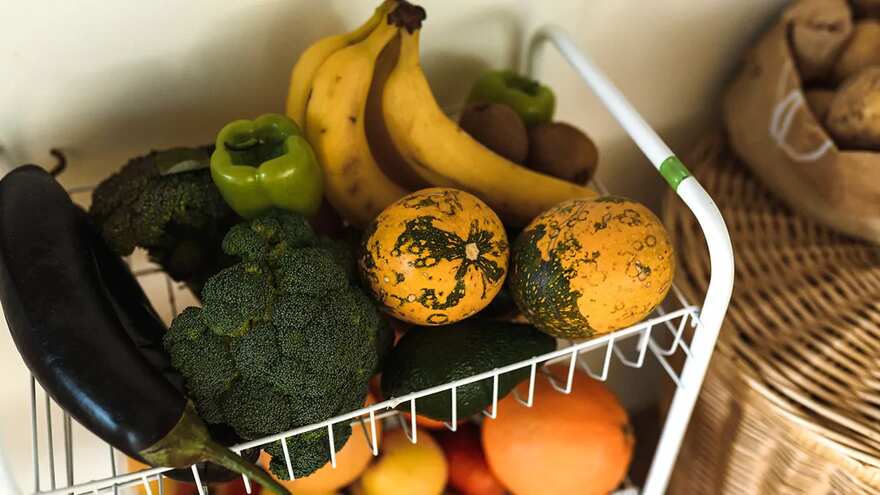Is your food going to waste because it ripens and then rots before you can eat it? The right food storage can make all the difference. The ripening process is accelerated by the natural gas ethylene, which is produced by many fruits and vegetables. Temperature, as well as how and when a fruit or vegetable is cleaned, as well as how and where it's stored, all play an impact. Depending on the fruit or vegetable, you can freeze, refrigerate, or even leave them on the counter.
Use this helpful guide and continue reading to learn where and how to store your fruits and veggies.
Wash Them Right
Even if you peel your fruits and veggies, it's always a good idea to wash them before eating them. The bacteria clinging to the fruit or vegetable's surface can infect your cutting board and work their way into the flesh, even if you're not eating the skin or peel. Although the possibilities are low, it's best to be safe and careful. Washing, on the other hand, only removes dirt, which is never nice to eat. Most fruits and vegetables benefit from a simple rinse under cold running water, but washing the leafy greens is a task. Separate the leaves from the head and soak them in cold water for about five minutes to wash leafy greens. Swirl the leaves gently to release the dirt, then lift them out of the water and place them in a colander to dry.



